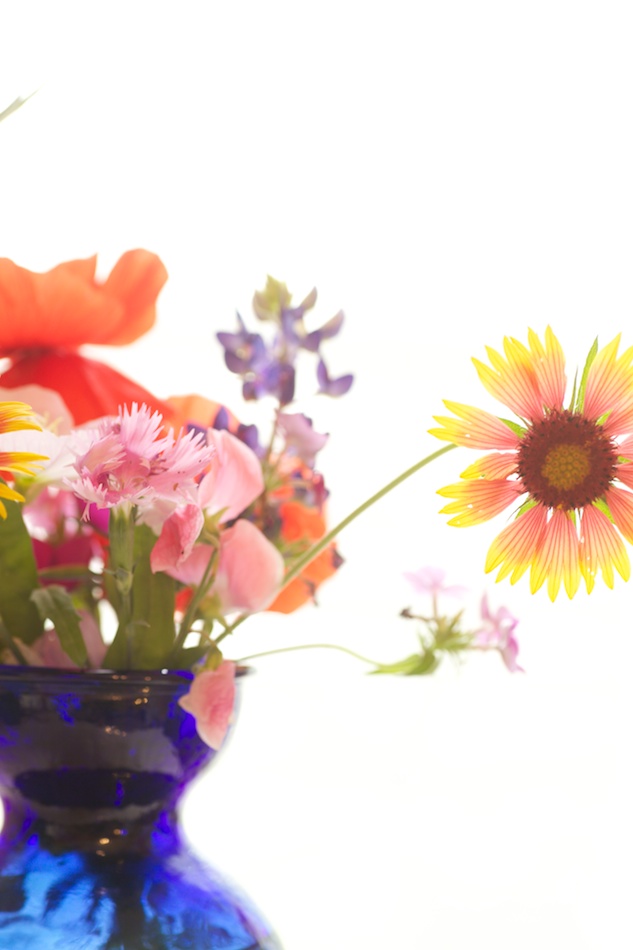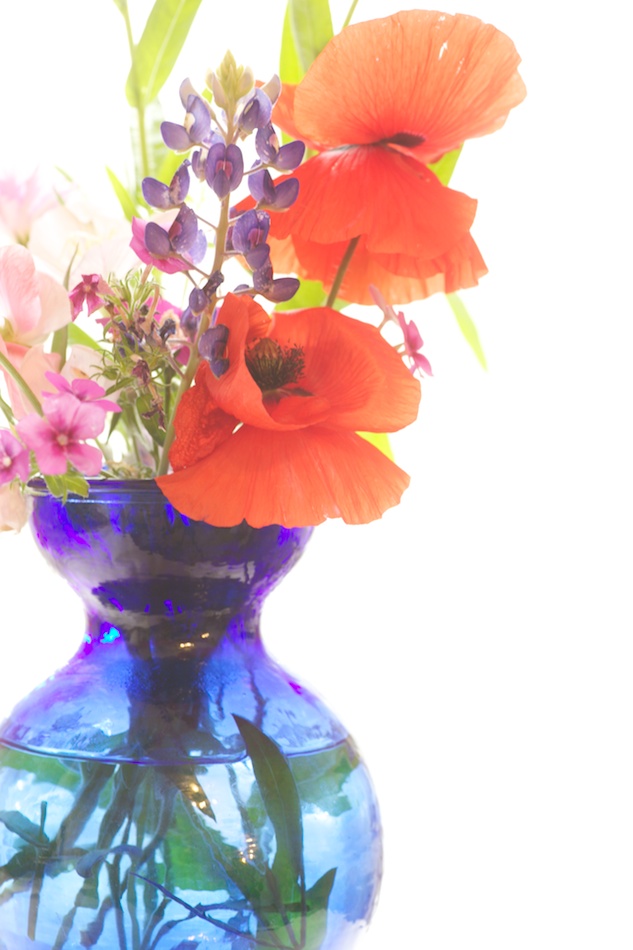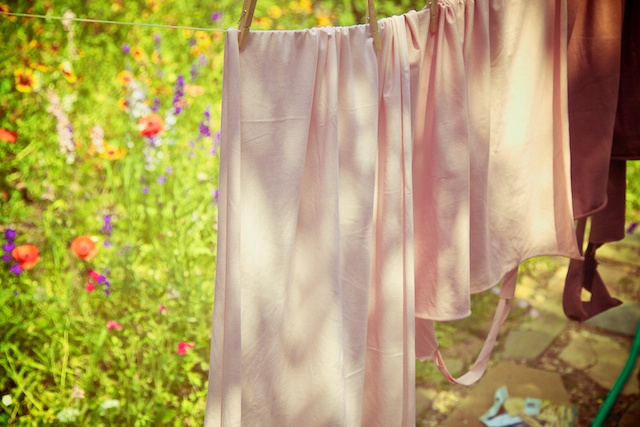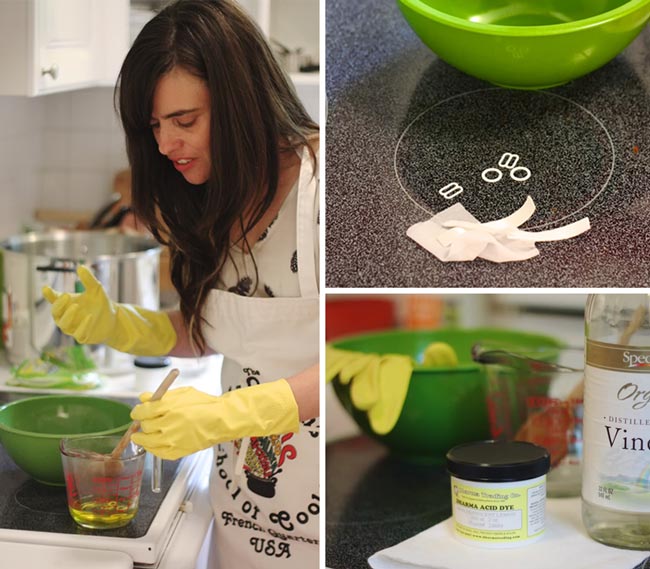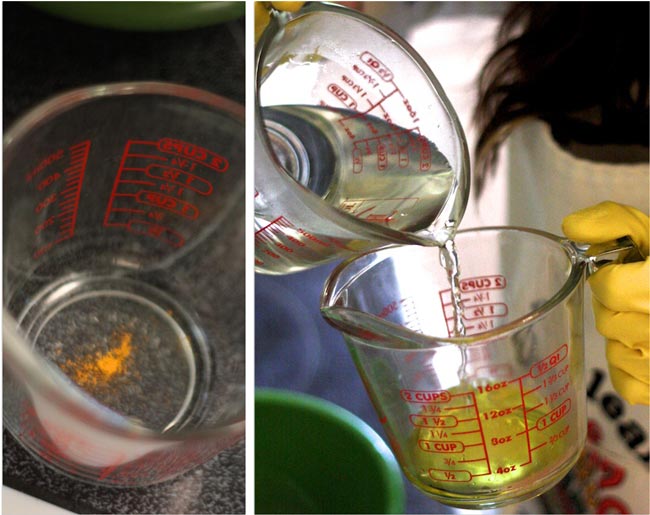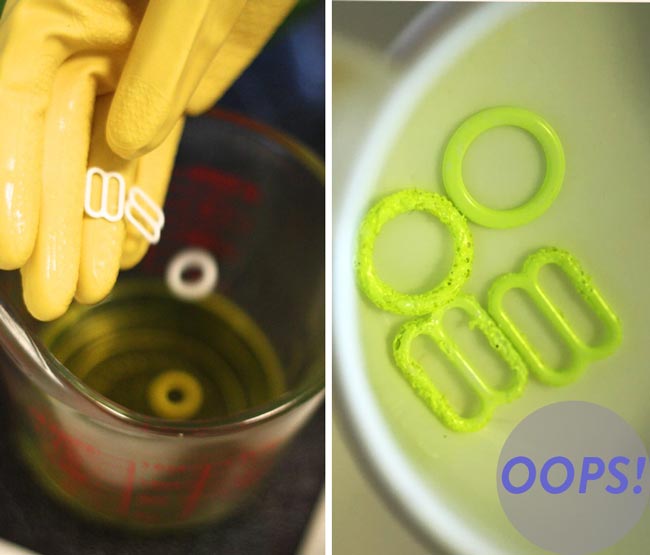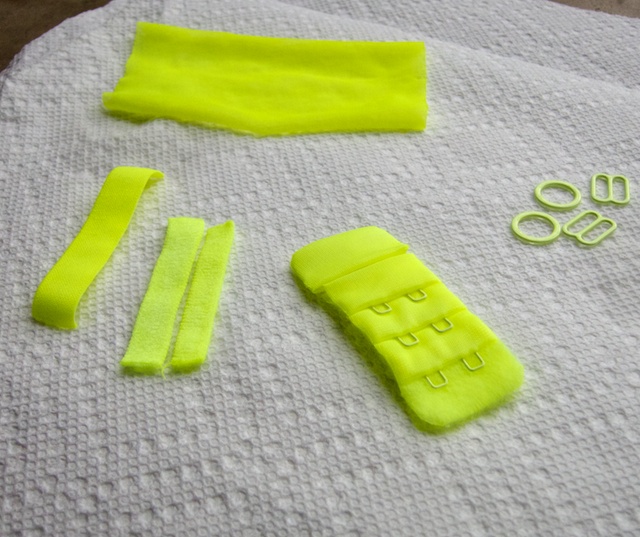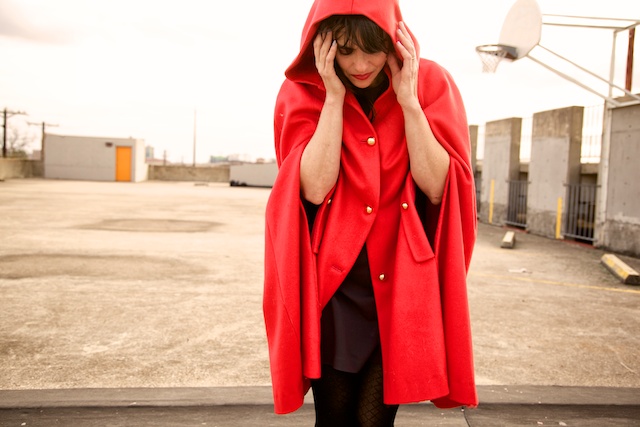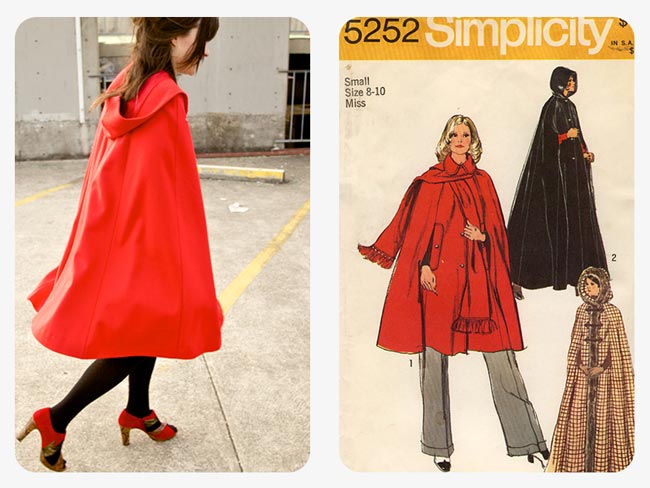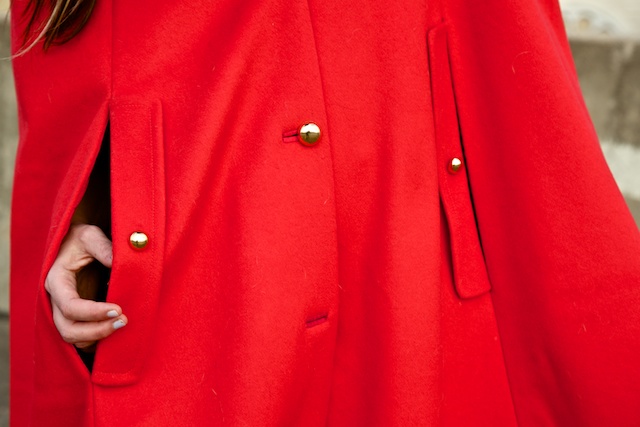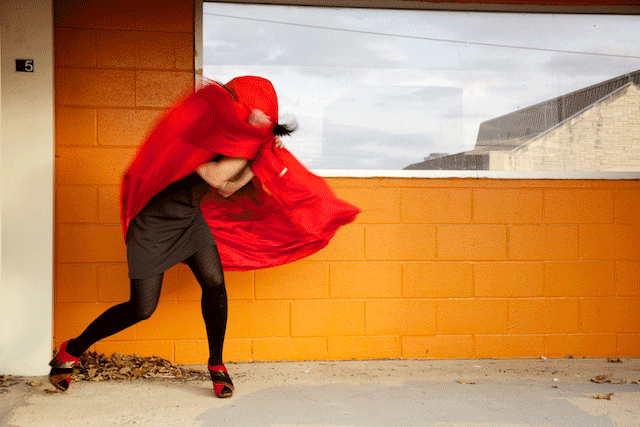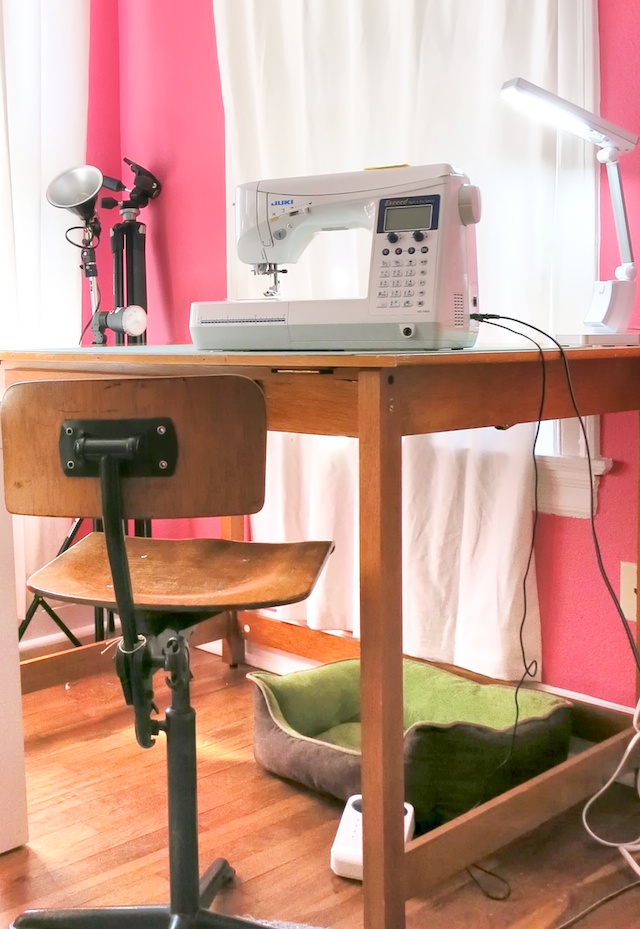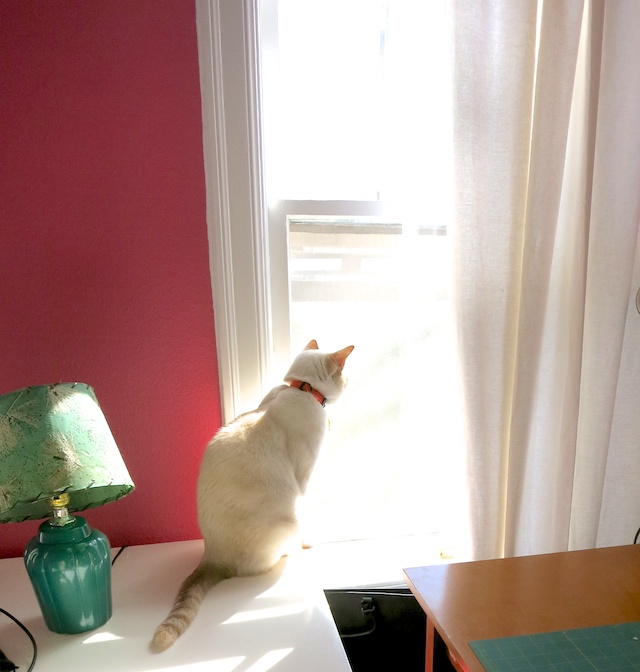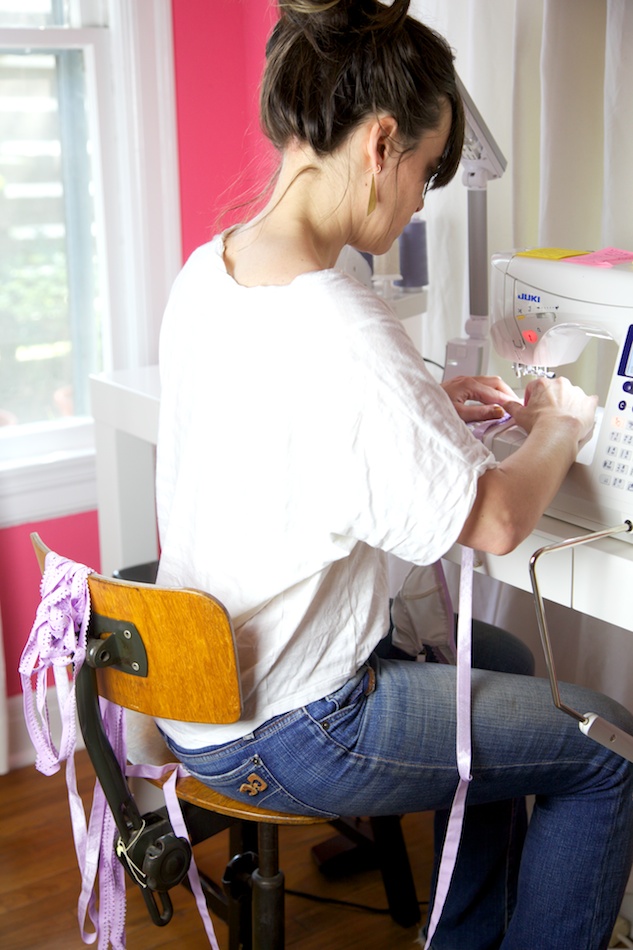
I’ve been giving my sewing machine a pretty good workout the last week so I thought I’d introduce you! I know machines are personal things–whether it’s a brand or a vintage or whatever, the important thing is that you have to love sewing on it. And I really love sewing on mine!
No machine is perfect. I’ve been known to yell some not-so-choice words at all my machines. I had the same ole mega-cheap Brother machine for 15 years. I can’t really say it did anything well, but it went with me everywhere, from college to my first midwest apartment, to Europe, back to Texas. And finally about ten years ago, after the bobbin winder cracked off and then part of the machine bed went missing, Derek finally talked me into buying a new one and adding a serger into the mix. Well, not that he had to talk me into either! I didn’t do any research and the extent of my machine knowledge went something like: “Singer=good brand” and “Bernina=better brand but expensive”. So I bought a low-end basic Singer.
Since then I’ve gotten a little smarter. Or the internet got smarter, and overwhelmed me with machine options. I read about vintage machines and cried a little when I realized my mom no longer owned the very machine on which I’d learned to sew, an all-metal Singer in a solid wood cabinet that these days would probably drive an $800 price tag on ebay. After a couple of years of sewing on my new Singer, something went haywire. The zig-zag stopped working. I’m sort of a wannabe gearhead so I took apart the entire machine in search of the problem. Trouble is, I’m usually clueless about how to put things back together once I get them apart. Here was my excuse at last to get a machine that I’d fully researched.
My biggest beef with machines so far had been buttonholes and their feed. There’s nothing more frustrating than sewing two layers together, and watching the top layer creep longer and longer. I like sewing without pins so I didn’t want to use pins to ease everything together all the time.
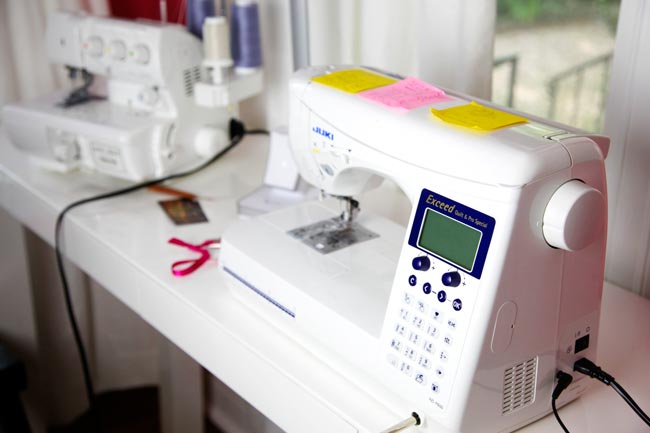
Those features are how I landed on the Juki F600. It was either that or an industrial machine–if only I had the space for one! There’s a mechanism in the Juki feed that makes it turn in a box rather than back and forward. I wasn’t sure exactly how this would improve sewing, but it does seem to feed fabrics much better than my previous machines. I can also loosen the foot pressure, another feature I never had on my others. This has become an almost essential adjustment in sewing slippery lycra or just about any stretchy lingerie fabric. The heavier the foot pressure, the more the foot pushes and stretches the top layer.
And the buttonholes are to die for. This machine does every type, both boxed and keyhole buttonholes. Light-stitched buttonholes for shirts, and heavy-weight buttonholes for coats. I haven’t sworn once at a buttonhole in progress since I got this puppy three years ago.
A coincidental bonus was the bright lighting. There are two led lights, which make the bed very bright. I have poor vision even with correction, and tend to turn on as many lights as possible when I’m sewing. The Juki has a lot of features which I’ve never touched and probably won’t, like all the fancy lettering stitches. But it’s my first machine that stops needle down, unless I tell it not to. It’s quiet. And the automatic thread-trimmer makes life a little easier. None of these are deal-breakers but I have to say, this is the first machine that I have loved and look forward to sewing on. Sometimes emotional attachments are hard to measure.
All my sticky notes, reminding me stitch lengths and widths for lingerie…
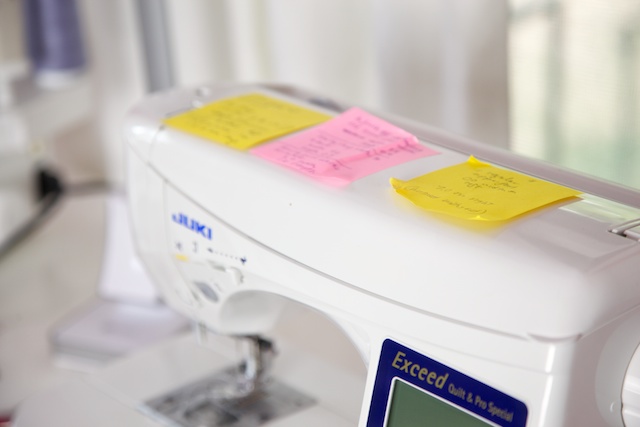
I gave up trying to be neat about my elastic. This is a little cotton bralette I was working on over the weekend…
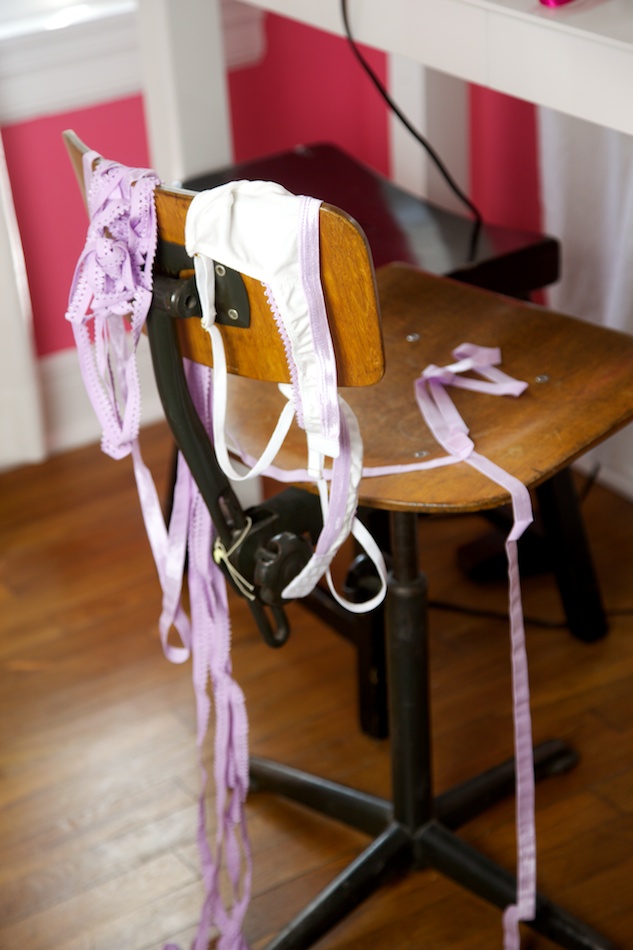
Update July 2018: I receive many emails asking me if I still recommend this sewing machine. And yes, I am still using this as my main sewing machine–almost eight years after I bought it! Juki has been manufacturing this model for over a decade and by now it is well-known in the sewing community as a great all-around sewing machine.
I also receive questions asking me how it compares to the other Juki Exceed models and I can’t answer that because I haven’t tried them. I chose the F600 over the 500 and 400 for its buttonholes–which are awesome. I don’t have a lot of experience with other brands of sewing machines. I just know I like this machine and it has served me well for many years.
Happy sewing!

